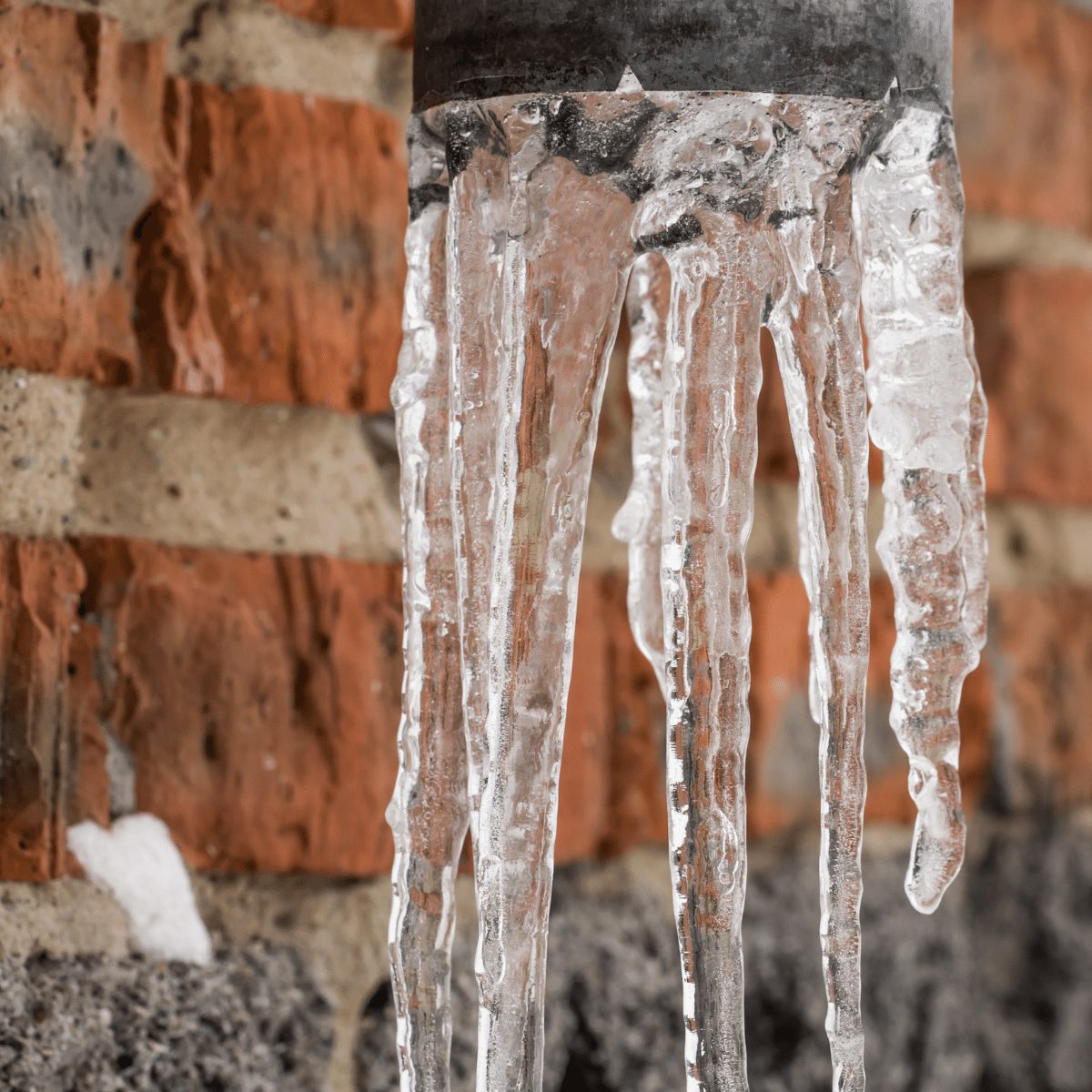The article author is making a few great pointers on How To Avoid Freezing Pipes as a whole in this post down below.

Winter can ruin your pipes, specifically by freezing pipes. Below's exactly how to stop it from occurring and what to do if it does.
Intro
As temperatures decline, the danger of icy pipes boosts, potentially causing expensive fixings and water damage. Comprehending how to avoid icy pipelines is important for home owners in cold climates.
Avoidance Tips
Shielding vulnerable pipelines
Cover pipelines in insulation sleeves or use heat tape to safeguard them from freezing temperature levels. Concentrate on pipelines in unheated or external locations of the home.
Home heating techniques
Keep interior areas appropriately warmed, specifically locations with pipes. Open up cupboard doors to enable warm air to distribute around pipes under sinks.
How to determine frozen pipes
Seek lowered water circulation from faucets, unusual smells or sounds from pipes, and visible frost on revealed pipelines.
Long-Term Solutions
Structural modifications
Consider rerouting pipelines far from exterior wall surfaces or unheated locations. Add added insulation to attics, basements, and crawl spaces.
Updating insulation
Invest in high-quality insulation for pipelines, attic rooms, and walls. Appropriate insulation helps keep consistent temperature levels and reduces the threat of frozen pipelines.
Protecting Exterior Plumbing
Yard tubes and outside faucets
Detach and drain pipes garden pipes prior to winter season. Mount frost-proof spigots or cover outdoor taps with shielded caps.
Understanding Frozen Pipes
What triggers pipelines to ice up?
Pipes freeze when subjected to temperature levels listed below 32 ° F (0 ° C) for extended periods. As water inside the pipes freezes, it broadens, taxing the pipeline walls and potentially causing them to burst.
Risks and damages
Frozen pipes can lead to supply of water interruptions, property damages, and pricey repair work. Burst pipelines can flood homes and cause extensive architectural damage.
Indicators of Frozen Water Lines
Recognizing icy pipes early can prevent them from rupturing.
What to Do If Your Pipes Freeze
Immediate actions to take
If you believe icy pipelines, keep faucets open up to soothe stress as the ice melts. Utilize a hairdryer or towels taken in warm water to thaw pipes gradually.
Conclusion
Stopping icy pipelines requires positive actions and quick responses. By recognizing the reasons, indications, and safety nets, homeowners can secure their pipes during winter.
6 Proven Ways to Prevent Frozen Pipes and Protect Your Home
Disconnect and Drain Garden Hoses
Before winter arrives, start by disconnecting your garden hoses and draining any remaining water. Close the shut-off valves that supply outdoor hose bibs and leave the outdoor faucet open to allow any residual water to drain. For extra protection, consider using faucet covers throughout the colder months. It’s also important to drain water from any sprinkler supply lines following the manufacturer’s directions.
Insulate Exposed Pipes
Insulating your pipes is an effective way to prevent freezing. Pipe insulation is readily available at home improvement stores and is relatively inexpensive. Pay close attention to pipes in unheated areas such as the attic, basement, crawl spaces, or garage. Apply foam insulation generously to create a buffer against the cold. You can also wrap your pipes in heat tape or thermostat-controlled heat cables for added warmth.
Seal Air Leaks
Inspect your home for any cracks or openings that could let in cold air. Seal any holes around the piping in interior or exterior walls, as well as the sill plates where your home rests on its foundation. Additionally, make sure to keep your garage door closed unless you’re entering or exiting. Leaving it open creates a significant air leak that can lead to frozen pipes.
Allow Warm Air Circulation
During cold snaps, it’s essential to allow warm air to circulate evenly throughout your home. Leave interior doors ajar to promote better airflow. Open kitchen and bathroom cabinets to help distribute heat consistently around the rooms. If you have small children or pets, be sure to remove any household chemicals or potentially harmful cleaners from open cabinets for safety.
Let Faucets Drip
A small trickle of water can make a big difference in preventing ice formation inside your pipes. When temperatures drop significantly, start a drip of water from all faucets served by exposed pipes. This continuous flow helps prevent the water from freezing. Additionally, running a few faucets slightly can relieve pressure inside the pipes, reducing the chances of a rupture if the water inside does freeze.
https://choateshvac.com/6-proven-ways-to-prevent-frozen-pipes-and-protect-your-home/

As a reader on How to Prevent Your Pipes From Freezing, I thought sharing that short article was worthwhile. Are you aware of another person who is sincerely interested in the niche? Feel free to share it. Thanks for your time. Don't hesitate to check up our blog back soon.
Details